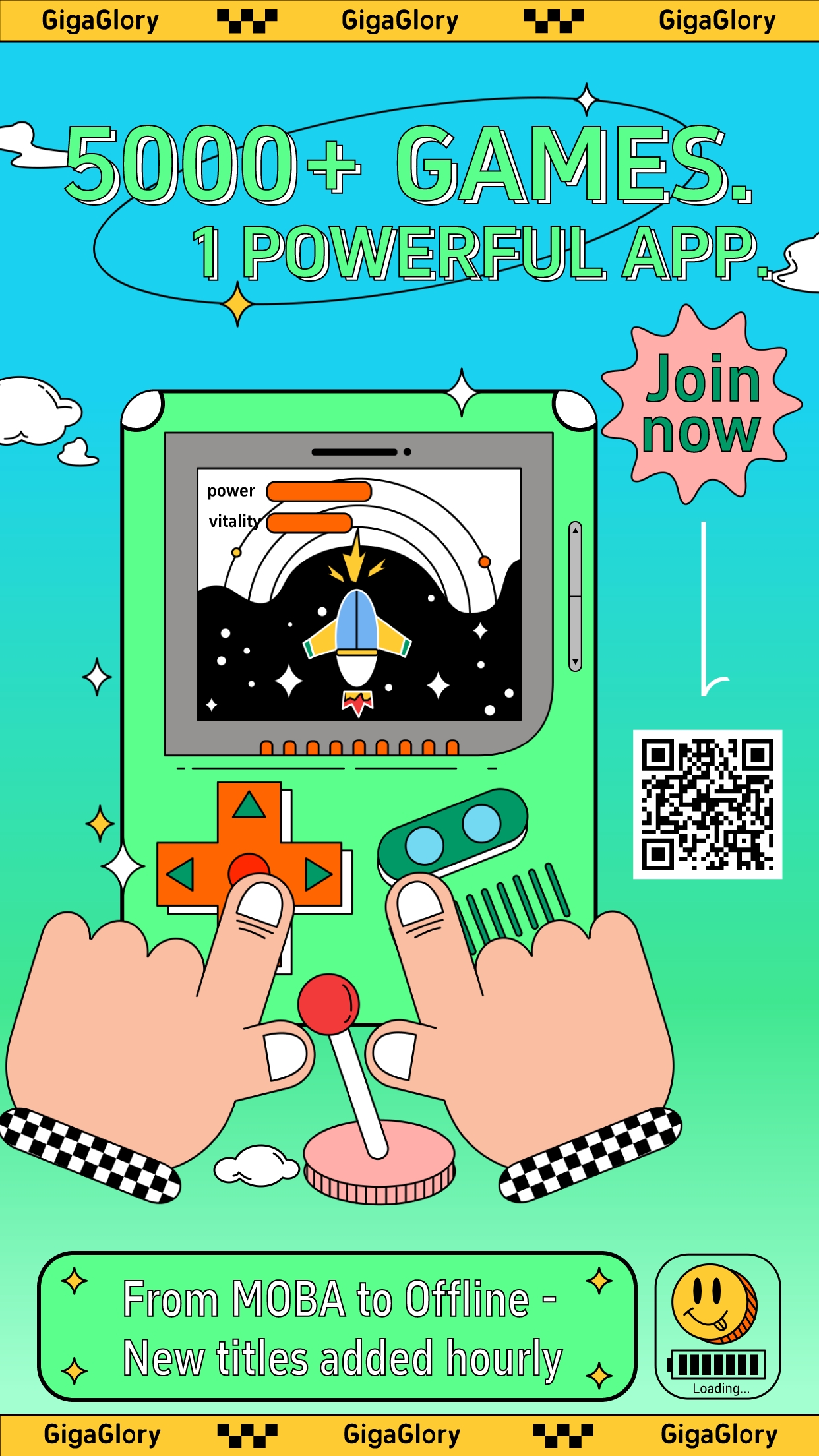Building Idle Games: How to Create Engaging Worlds While Maximizing Your Time
Understanding Idle Games
Idle games, also known as incremental games, have surged in popularity in recent years. These games allow players to progress without continuous interaction, which is what makes them so appealing. The core gameplay revolves around managing resources, and players watch their empires grow even when they are not actively playing.
Identifying the Key Elements of Idle Games
- Resource Management: Players gather, upgrade, and maximize resources.
- Automation: Setting up systems that run on their own.
- Progression: A constant feeling of advancement keeps players engaged.
- Rewards: Frequent rewards, even in small amounts, keep players motivated.
Why Build an Idle Game?
Creating an idle game is not just about jumping on the bandwagon of a trending genre; it's about crafting engaging experiences that keep players coming back. The low entry barrier for players and the potential for long-term retention make idle games an appealing option for developers.
Key Considerations When Building Games
When embarking on developing an idle game, several factors should be taken into account to ensure success:
- Target Audience: Knowing your audience is paramount. What are their preferences? What kind of mechanics engaged them in previous games?
- Gameplay Loop: The core gameplay loop needs careful design. Players should always feel they are gaining something.
- User Interface: An engaging and intuitive UI enhances the player experience significantly.
Creating Engaging Worlds
The world-building aspect in idle games is critical for player retention. Here are some strategies:
- Thematic Consistency: Develop a cohesive theme through visuals and storyline.
- Immersive Experience: Use sound effects and music to enhance the aesthetic appeal.
- Variety: Include a range of levels, characters, and environments to keep the experience fresh.
Maximizing Development Time
Time is a precious resource in game development. Here’s how to maximize it:
| Strategy | Description |
|---|---|
| Agile Development | Use an iterative approach to develop your game in manageable chunks. |
| Prototyping | Create quick prototypes to test concepts before full development. |
| Outsourcing | Leverage external resources for non-core activities. |
Effective Monetization Strategies
Monetization is essential for the success of any game. Here are some strategies specific to idle games:
- In-App Purchases: Sell in-game currency or bonus features.
- Advertisements: Integrate ads that will not disrupt gameplay.
- Seasonal Events: Exclusive content available for a limited time can drive sales.
Leveraging Community Feedback
Engaging with your community can provide invaluable insights. Here’s how to effectively get feedback:
- Surveys: Regular surveys help gather opinions on different aspects of the game.
- Forums: Create a platform for discussion and suggestions.
- Beta Testing: Inviting players to test early builds can yield useful data.
Using Analytics to Improve Gameplay
Analytics tools can track player behavior and preferences, thus informing adjustments and updates effectively. Here are some key metrics:
- Engagement: How often do players return to the game?
- Churn Rate: How many players stop engaging?
- Lifetime Value: What is the average revenue per user?
Case Study: EA Sports FC 24
Examining the latest EA Sports FC 24 reviews provides insights on implementing a successful iterative approach in game design. The feedback from die-hard fans highlights the need for constant updates and engagement through community events.
Understanding Delta Force Concurrent Players
Another interesting aspect to explore is understanding the current dynamics involving Delta Force concurrent players. By analyzing player numbers and engagement stats, game developers can improve their strategies accordingly.
Future Trends in Idle Games
The future of idle games looks promising. With technological advancements and updates in UI/UX, players can expect more interactive and immersive experiences. Integrating RPG elements and improving social features are a few potential trends.
Conclusion
Building idle games requires a blend of creativity, strategic thinking, and an understanding of player behaviors. By focusing on creating engaging worlds, maximizing your development time, and continuously iterating based on feedback and analytics, your game can not only attract players but also foster a loyal community. The journey of development is ongoing, and adapting to trends will keep your games relevant in the ever-evolving gaming landscape.



